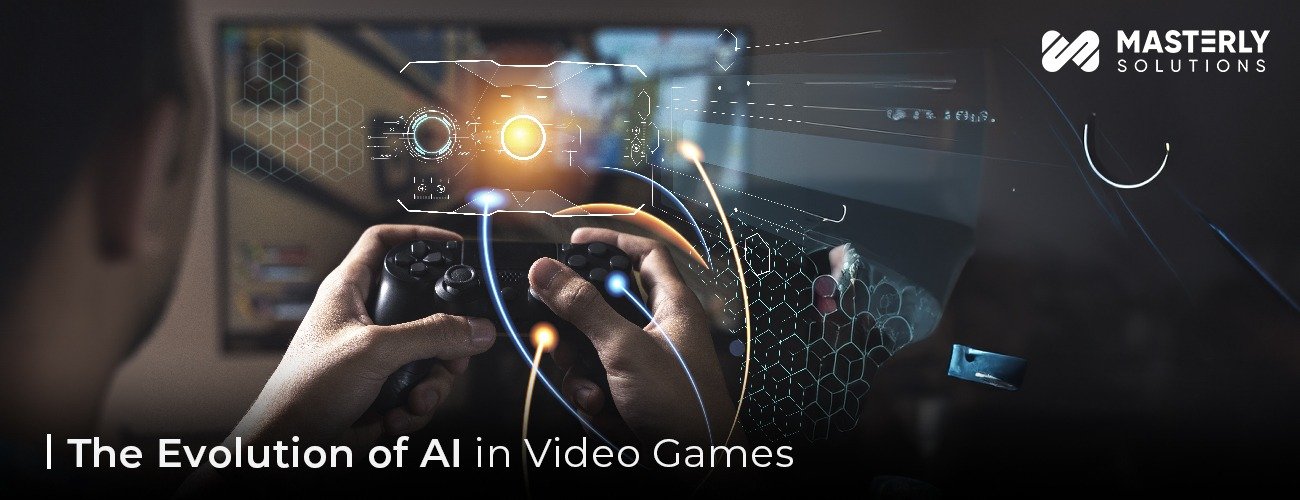
In the dynamic realm of video games, artificial intelligence (AI) has played a pivotal role in shaping experiences that captivate and challenge players. From the simple, pattern-based behaviors of early arcade games to the complex, learning-driven AI systems in modern titles, the evolution of AI in gaming mirrors the broader advancements in the field of artificial intelligence. This journey reflects not just technical progress but also a deepening understanding of how to craft engaging, immersive, and often unpredictable gaming worlds.
The Early Days of AI in Video Games
The story of AI in video games begins in the 1970s with classics like “Pong” and “Space Invaders.” These games employed rudimentary AI, essentially simple algorithms that dictated predictable patterns and behaviors. For instance, the ghosts in “Pac-Man,” though seemingly random, followed specific patterns that players could learn and anticipate.
Advancements in the 1990s and Early 2000s
As technology advanced, so did the complexity of AI. The 1990s and early 2000s saw games like “Half-Life” and “StarCraft” introducing AI that could adapt to player actions, making gameplay more challenging and engaging. This era marked the transition from basic decision trees to more sophisticated techniques like finite state machines and pathfinding algorithms, allowing for more nuanced and responsive enemy behaviors.
The Role of AI in Modern Gaming
Today’s games are a testament to how far AI in gaming has come. Techniques like machine learning, neural networks, and natural language processing are now commonplace, bringing unprecedented realism and unpredictability. Games like “The Elder Scrolls V: Skyrim” and “Red Dead Redemption 2” feature NPCs with complex behaviors, while titles like “Minecraft” and “No Man’s Sky” use procedural content generation to create vast, dynamic worlds.
AI and Player Experience
AI’s impact on player experience cannot be overstated. It’s at the heart of creating personalized gaming experiences, adapting to individual play styles and preferences. This customization ranges from adjusting game difficulty in real-time to crafting dynamic storylines that respond to player choices, making each gaming session unique.
AI in Game Development and Testing
Beyond enhancing gameplay, AI is revolutionizing game development and testing. It’s used for automating tedious aspects like game testing and balancing, and even in game design and asset creation, streamlining the development process and enabling developers to focus on creative aspects.
Future Trends and Predictions
Looking forward, the integration of AI in gaming is poised for even more groundbreaking advancements. The rise of virtual and augmented reality gaming offers new frontiers for AI, promising even more immersive and interactive experiences. However, this progress brings ethical considerations, especially regarding player data and privacy.
Conclusion
The evolution of AI in video games is a fascinating narrative of technological and creative ingenuity. As AI continues to advance, it will undoubtedly keep transforming the gaming landscape, offering richer, more engaging, and increasingly personalized experiences. The future of gaming, intertwined with the future of AI, is bright and full of possibilities, promising ever more immersive and intelligent game worlds.